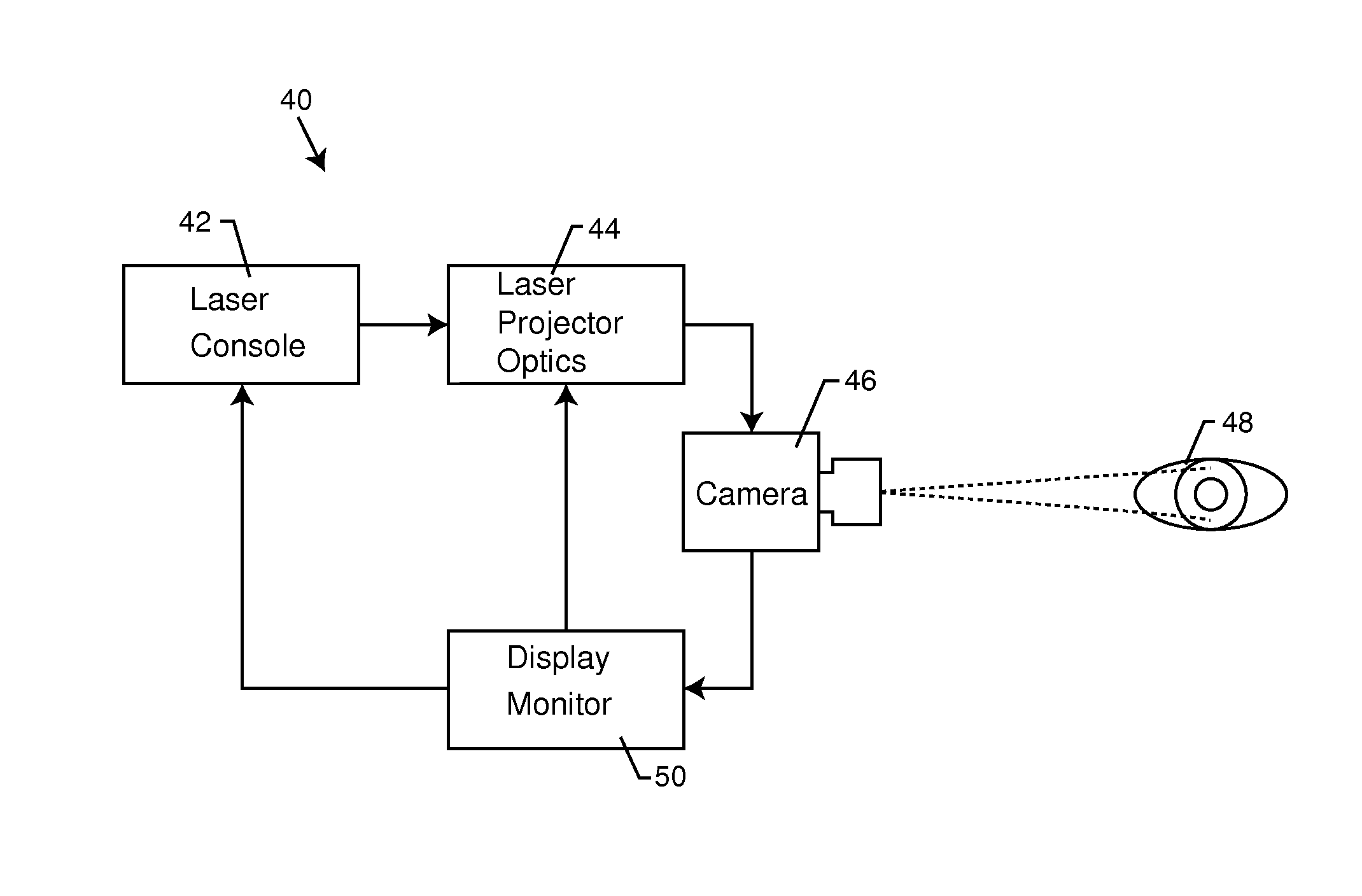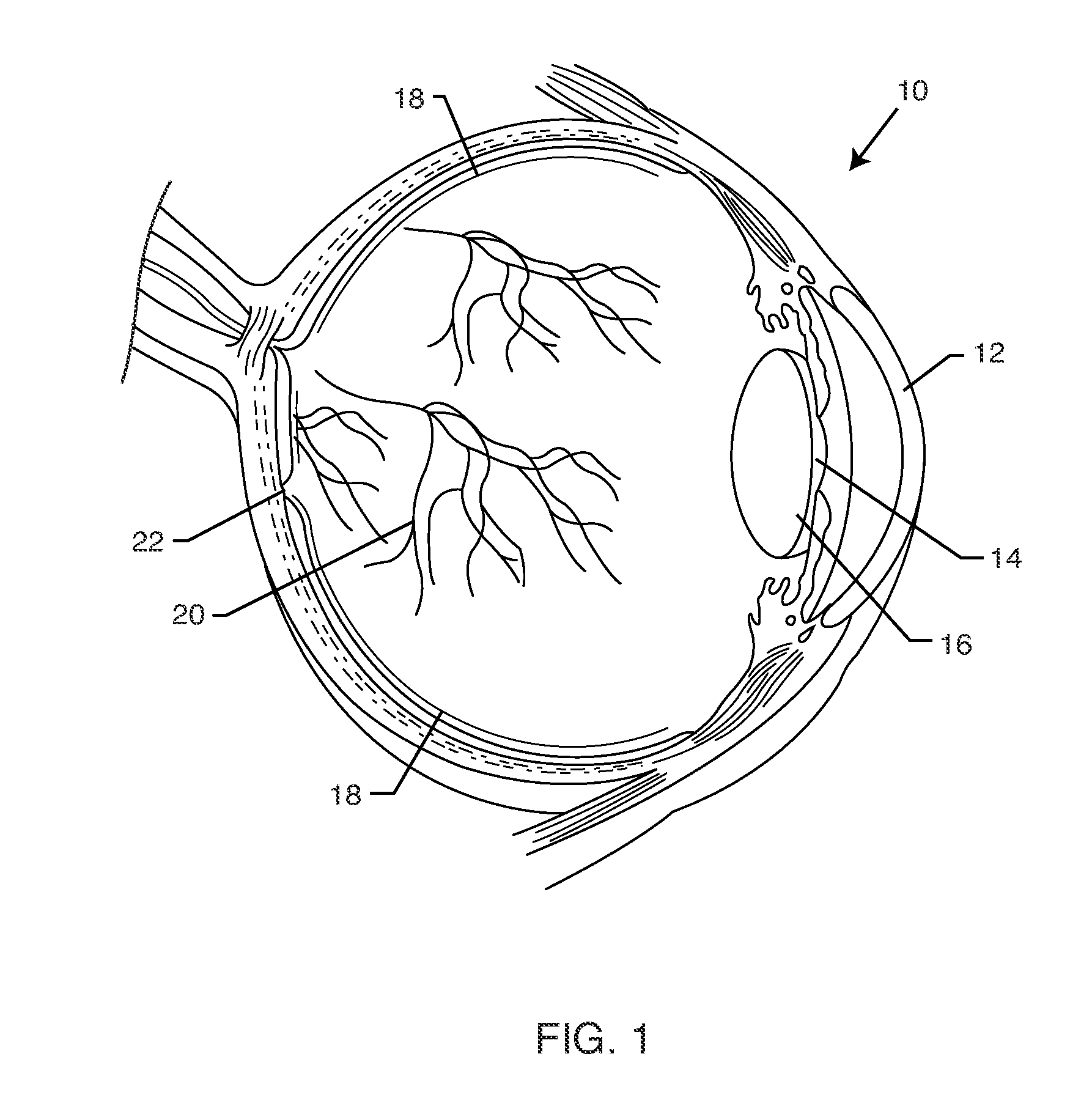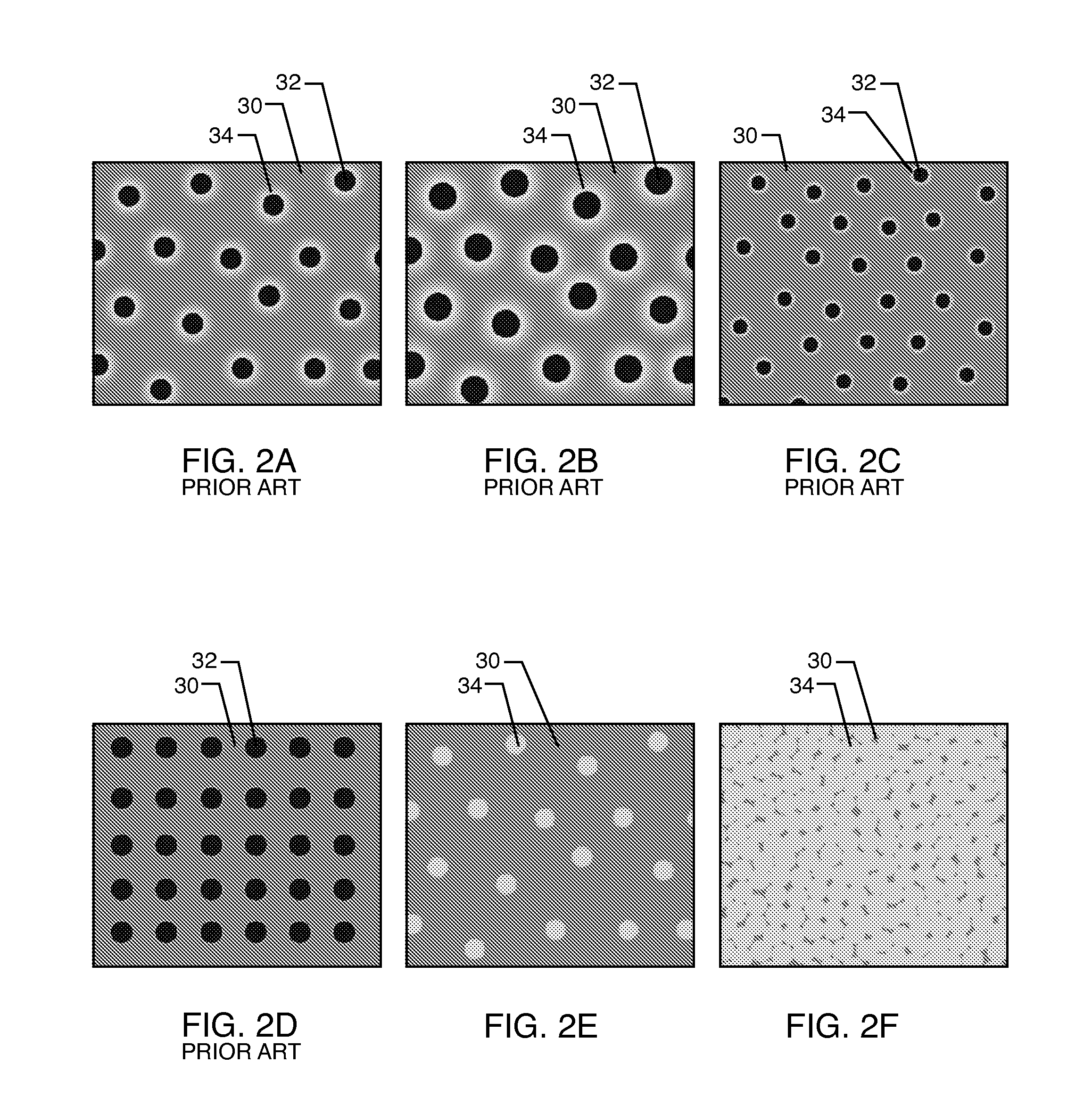Process for restoring responsiveness to medication in tissue of living organisms
a living organism and tissue technology, applied in the field of phototherapy or photostimulation of biological tissue, can solve the problems of little to no effect of laser alone ineffective therapeutic effect,
- Summary
- Abstract
- Description
- Claims
- Application Information
AI Technical Summary
Benefits of technology
Problems solved by technology
Method used
Image
Examples
Embodiment Construction
[0031]The present invention is directed to a novel medical laser application termed “laser sensitization”, “laser re-sensitization”, or “laser adjuvant therapy” (LAT) using SDM laser treatments. Uniquely in LAT, the target of the laser application is tissue rather than the drug that is activated by the laser. However, it is not expected in LAT that application of the laser will necessarily have any significant or even notable therapeutic effect alone. Instead, laser treatment of the target tissue is designed and intended to make the tissue responsive or restore responsiveness to other therapeutically effective treatments such as but not limited to drug therapy.
[0032]Conventional thinking assumes that the physician must intentionally create retinal damage as a prerequisite to therapeutically effective treatment. With reference to FIG. 2, FIGS. 2A-2F are graphic representations of the effective surface area of various modes of retinal laser treatment for retinal vascular disease. The ...
PUM
 Login to View More
Login to View More Abstract
Description
Claims
Application Information
 Login to View More
Login to View More - R&D
- Intellectual Property
- Life Sciences
- Materials
- Tech Scout
- Unparalleled Data Quality
- Higher Quality Content
- 60% Fewer Hallucinations
Browse by: Latest US Patents, China's latest patents, Technical Efficacy Thesaurus, Application Domain, Technology Topic, Popular Technical Reports.
© 2025 PatSnap. All rights reserved.Legal|Privacy policy|Modern Slavery Act Transparency Statement|Sitemap|About US| Contact US: help@patsnap.com



